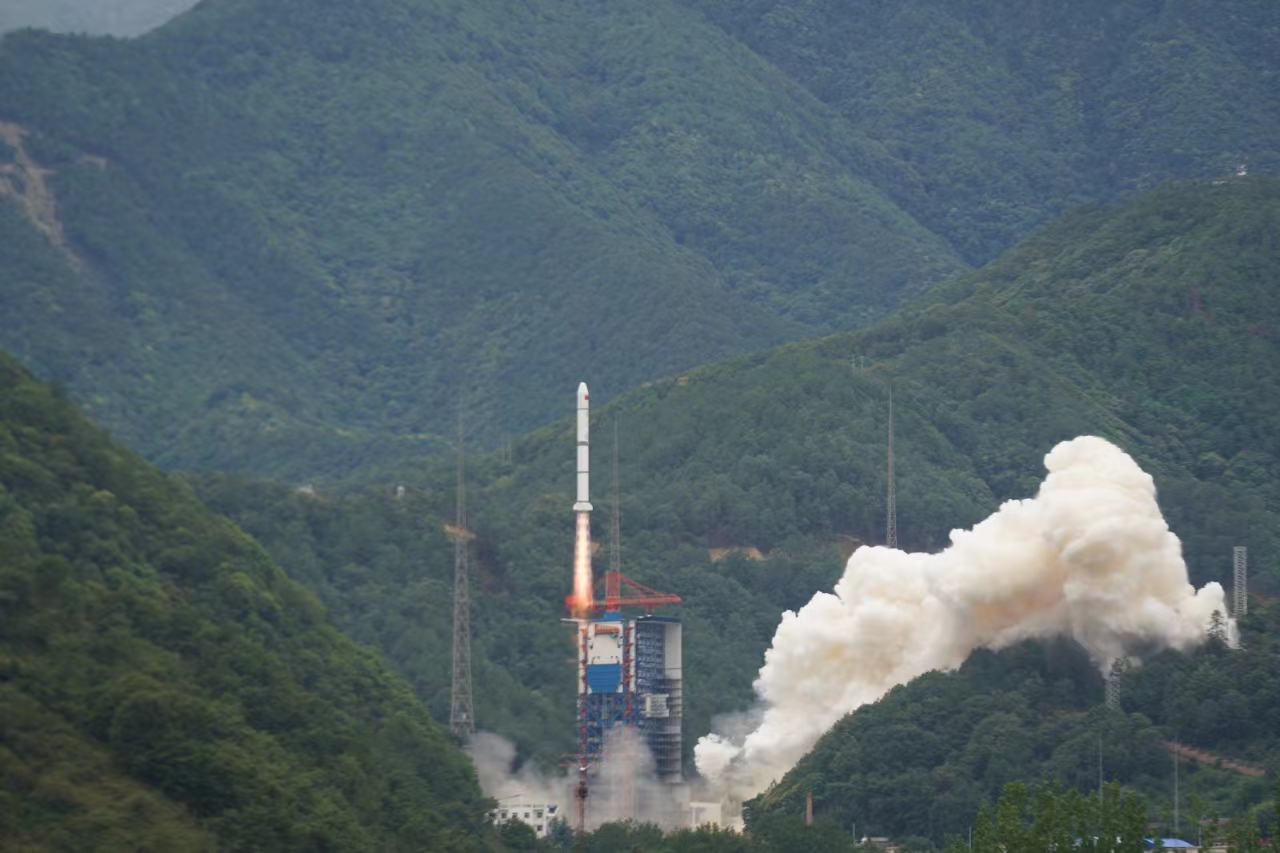Products You May Like
Hausjärvi, FINLAND— A Chinese launch of the joint Sino-French SVOM mission to study Gamma-ray bursts early Saturday saw toxic rocket debris fall over a populated area.
A Long March 2C rocket lifted off from Xichang Satellite Launch Center at 3:00 a.m. Eastern (0700 UTC) June 22, sending the Space Variable Objects Monitor (SVOM) mission satellite into orbit.
The launch was declared successful by the China Aerospace Science and Technology Corporation (CASC) a short time after liftoff.
Gamma-ray bursts (GRBs) are violent electromagnetic explosions which can release as much energy in a few seconds as the Sun will emit over its entire 10-billion-year lifetime.
SVOM is a collaboration between the China National Space Administration (CNSA) and France’s Centre national d’études spatiales (CNES).
The mission will look for high-energy electromagnetic radiation from these events in the X-ray and gamma-ray ranges using two French and two Chinese-developed science payloads. These include the Microchannel X-ray Telescope (MXT), a narrow-field-optimized lobster eye X-ray focusing telescope.
Studying GRBs, thought to be caused by the death of massive stars or collisions between stars, could provide answers to key questions in astrophysics. This includes the death of stars and the creation of black holes.
However the launch of SVOM also created an explosion of its own closer to home.
A video posted on Chinese social media site Sina Weibo appears to show a rocket booster falling on a populated area with people running for cover.
The booster fell to Earth near Guiding County, Qiandongnan Prefecture in Guizhou province, according to another post. An airspace closure notice for the mission established a temporary danger area containing Guiding County, Guizhou.
A number of comments on the video noted the danger posed by the hypergolic propellant from the Long March rocket. Some comments on the post suggested the event was related to a failed recovery of SpaceX’s Starship, while another suggested an American conspiracy.
The Long March 2C uses a toxic, hypergolic mix of nitrogen tetroxide and unsymmetrical dimethylhydrazine (UDMH). Reddish-brown gas or smoke from the booster could be indicative of nitrogen tetroxide, while a yellowish gas could be caused by hydrazine fuel mixing with air.
Contact with either remaining fuel or oxidizer from the rocket stage could be very harmful to individuals.
Falling rocket debris is a common issue with China’s launches from its three inland launch sites.
China’s first three launch sites were established during the Cold War. Sites deep inland were thus selected to provide a measure of protection amid tensions with the U.S. and Soviet Union.
Authorities are understood to issue warnings and evacuation notices for areas calculated to be at risk from launch debris, reducing the risk of injuries.
The launch of SVOM was China’s 29th launch of the year. CASC stated China is aiming to launch around 100 times across 2024, including around 30 commercial missions.
